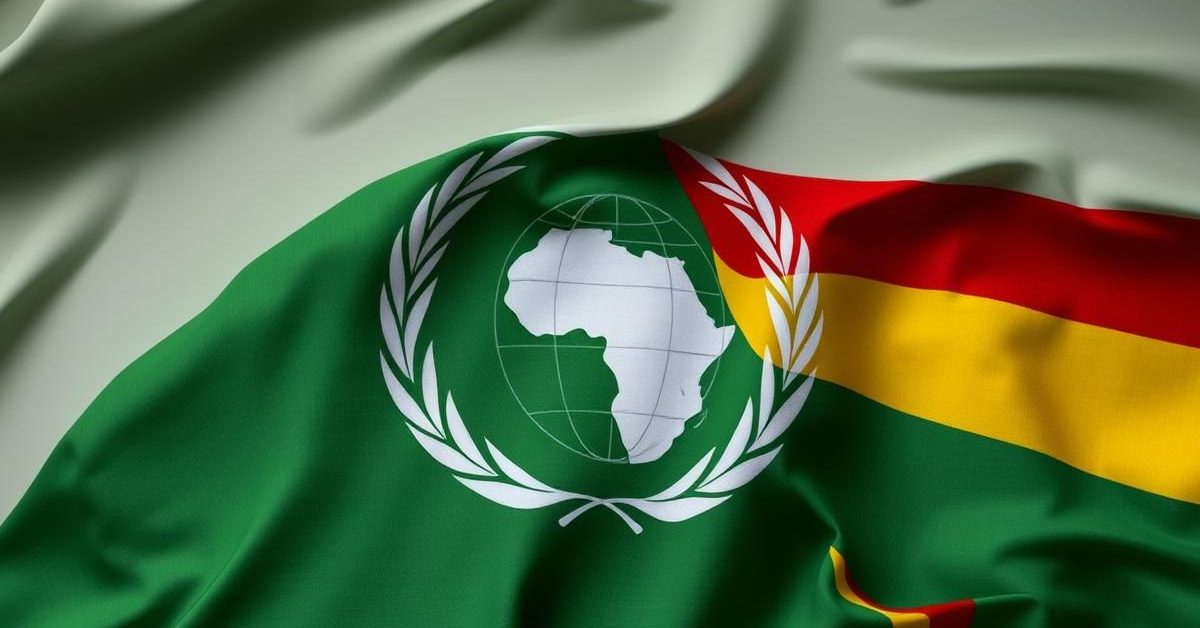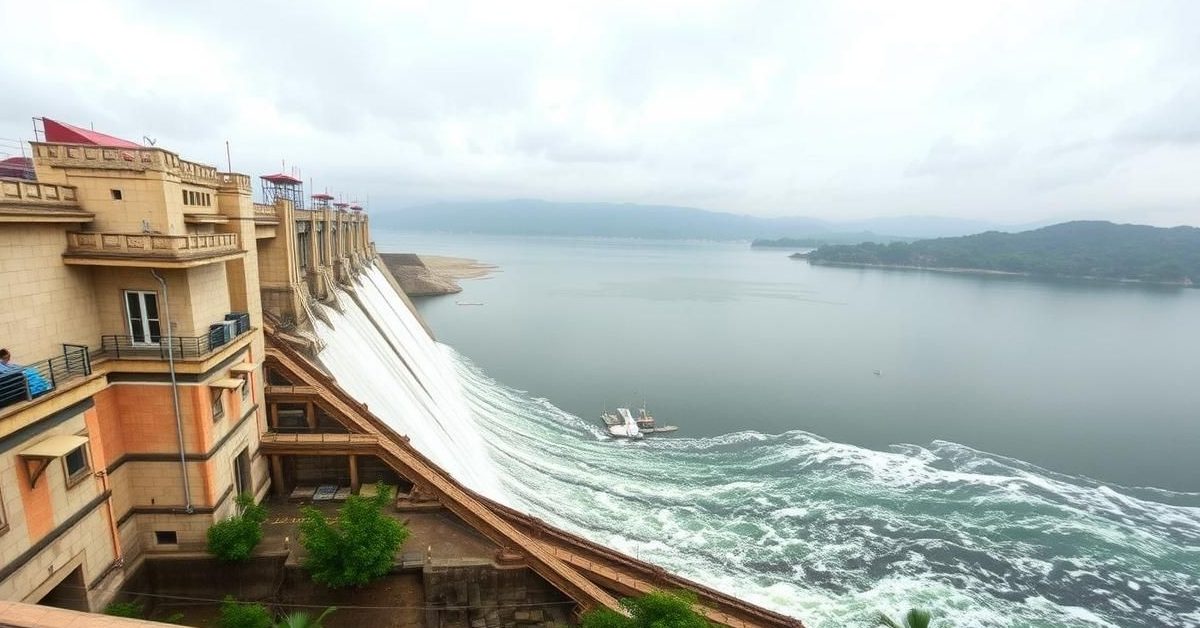This article explores several core aspects of Indian Polity and Governance, including emergency provisions, parliamentary procedures, local self-governance, and fundamental constitutional amendments.
Understanding President’s Rule (Article 356)
Article 356 of the Indian Constitution empowers the President to impose “President’s Rule” in a state. This action is taken if the state government cannot function in accordance with constitutional provisions, effectively removing the elected government.
When imposed, President’s Rule can initially last for six months, requiring parliamentary approval for any extension. The maximum duration for this rule is three years, with a fresh parliamentary nod needed every six months.
It’s important to note that this article grants the President the authority to withdraw both the executive and legislative powers of the state. The inspiration for Article 356 is drawn from Section 93 of the Government of India Act of 1935.
Parliamentary Rules: Voting and Quorum
In both Houses of Parliament, the Chairman or Speaker plays a crucial role in maintaining order and facilitating decisions. While presiding, they typically do not cast a vote in the first instance during regular proceedings.
However, in cases of an equality of votes, the Chairman or Speaker is empowered to cast a decisive vote. This “casting vote” ensures that legislative processes do not get stuck in a deadlock.
For any meeting of Parliament to be officially constituted, a minimum number of members, known as the quorum, must be present. The Constitution mandates this quorum to be one-tenth of the total membership of the respective House, not one-fifth as some might assume.
Panchayat Elections: A Closer Look
Panchayats, the cornerstone of local self-governance in India, are established at village, intermediate, and district levels across all states. Notably, states with smaller populations, not exceeding twenty lakhs, have the option not to constitute intermediate-level Panchayats.
A key feature of Panchayat elections is that all seats are filled by individuals chosen through direct elections from specific territorial constituencies within the Panchayat area. This ensures grassroots representation.
Furthermore, the Constitution stipulates that the ratio between the population of a Panchayat’s territorial area at any level and the number of seats to be filled by election should remain consistent throughout the entire state. This principle aims to maintain uniformity in representation.
The Ninth Schedule of the Constitution
The Ninth Schedule of the Indian Constitution holds a unique position, containing a list of central and state laws that are protected from judicial challenges based on the violation of fundamental rights. It was incorporated into the Constitution via the First Amendment in 1951.
This schedule was primarily introduced to safeguard land reform legislation and facilitate the abolition of the Zamindari system from legal challenges. Currently, it shields 284 laws, predominantly related to agriculture and land issues.
While providing significant protection, the Supreme Court, in its 2007 I.R. Coelho v. State of Tamil Nadu verdict, clarified that laws placed under the Ninth Schedule can still be challenged if they are found to violate the “basic structure” of the Constitution.
Understanding the Preamble to the Constitution
The Preamble serves as an introductory statement to the Constitution of India, articulating its guiding principles and objectives. The ideals embedded within the Preamble were initially laid down in the Objectives Resolution, which was adopted by the Constituent Assembly in 1947.
An important characteristic of the Preamble is its “non-justiciable” nature, meaning its principles cannot be directly enforced by courts. However, courts frequently refer to the Preamble to understand and interpret the overarching spirit and intent of the Constitution.
The Preamble has undergone only one amendment, a significant one introduced by the 42nd Amendment in 1976 during the Emergency period. This amendment altered the phrase “sovereign democratic republic” to “sovereign socialist secular democratic republic.” Additionally, “unity of the nation” was changed to “unity and integrity of the nation,” reflecting the nation’s evolving socio-political landscape.
- President’s Rule under Article 356 is imposed for six-month terms and draws from the Government of India Act of 1935.
- Parliamentary Speakers/Chairmen have a casting vote in ties, and the quorum for meetings is one-tenth of the House’s total members.
- Panchayat elections involve direct election for all seats, with a consistent population-to-seat ratio statewide.
- The Ninth Schedule, added by the First Amendment, protects certain laws, but they can be challenged if they violate the Constitution’s basic structure.
- The Preamble, rooted in the Objectives Resolution, is non-justiciable and was notably amended by the 42nd Amendment to include “socialist” and “secular.”
These facets of Indian Polity and Governance are crucial for understanding the nation’s democratic framework and the powers vested in its various institutions.















